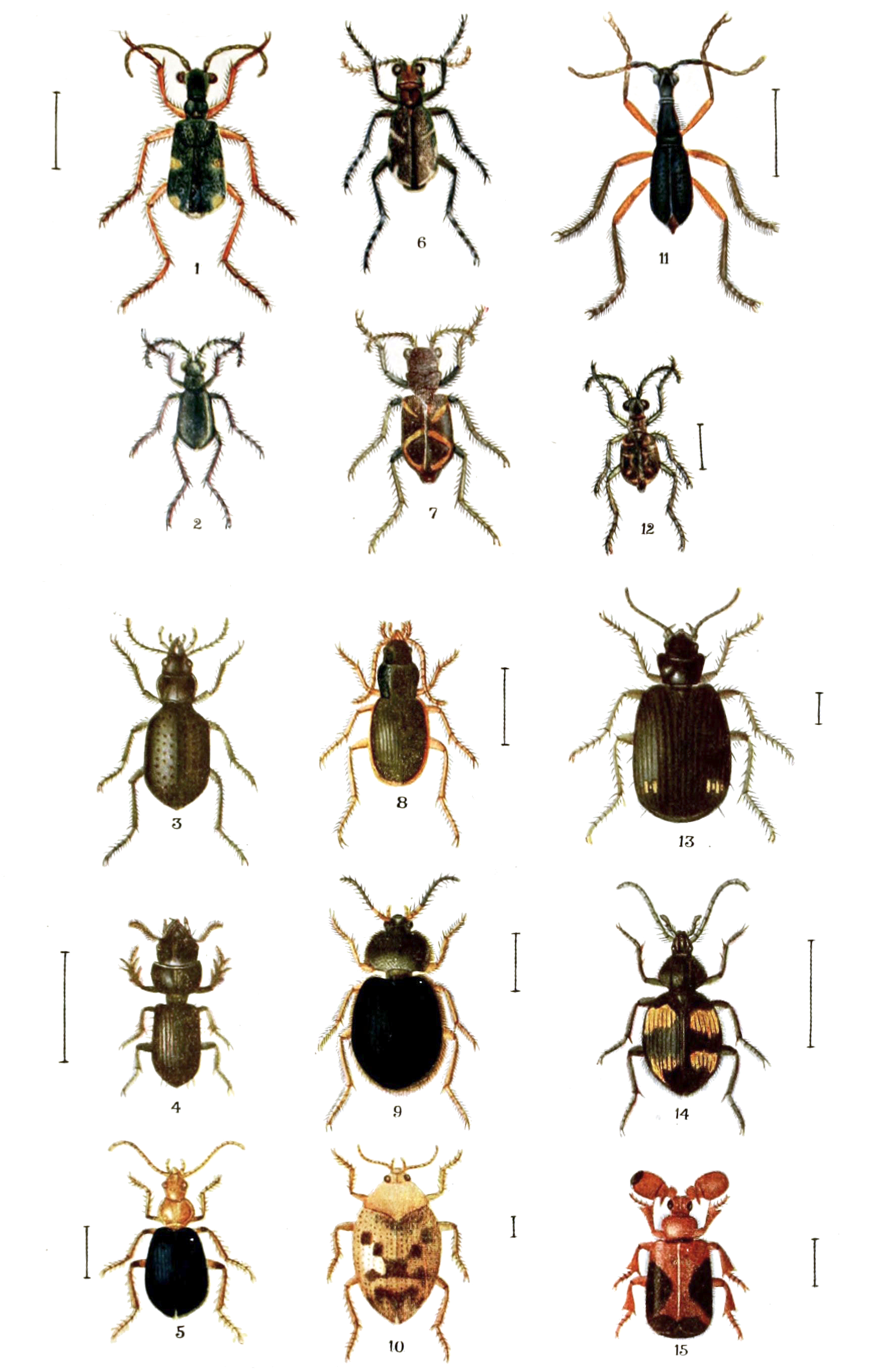|
Liadytidae
Liadytidae is an extinct family of adephagan beetles. There are at least two genera and about seven described species in Liadytidae. They are known from the Early Jurassic to Early Cretaceous of Asia. They are members of the clade Dytiscoidea, and like other members of that group were adapted for aquatic life. Genera These two genera belong to the family Liadytidae: * † '' Liadytes'' Ponomarenko, 1963 * † '' Ovidytes'' Ren Dong, Zhu Huizhong & Lu Youquan, 1995 References Adephaga † Prehistoric insect families {{Beetle-stub ... [...More Info...] [...Related Items...] OR: [Wikipedia] [Google] [Baidu] |
Adephagan
The Adephaga (from Greek ἀδηφάγος, ''adephagos'', "gluttonous") are a suborder of beetles, and with more than 40,000 recorded species in 10 families, the second-largest of the four beetle suborders. Members of this suborder are collectively known as adephagans. The largest family is Carabidae (ground beetles) which comprises most of the suborder with over 40,000 species. Adephaga also includes a variety of aquatic beetles, such as predaceous diving beetles and whirligig beetles. Anatomy Adephagans have simple antennae with no pectination or clubs. The galeae of the maxillae usually consist of two segments. Adult adephagans have visible notopleural sutures. The first visible abdominal sternum is completely separated by the hind coxae, which is one of the most easily recognizable traits of adephagans. Five segments are on each foot. Wings The transverse fold of the hind wing is near the wing tip. The median nervure ends at this fold, where it is joined by a cross ... [...More Info...] [...Related Items...] OR: [Wikipedia] [Google] [Baidu] |
Adephaga
The Adephaga (from Greek ἀδηφάγος, ''adephagos'', "gluttonous") are a suborder of beetles, and with more than 40,000 recorded species in 10 families, the second-largest of the four beetle suborders. Members of this suborder are collectively known as adephagans. The largest family is Carabidae (ground beetles) which comprises most of the suborder with over 40,000 species. Adephaga also includes a variety of aquatic beetles, such as predaceous diving beetles and whirligig beetles. Anatomy Adephagans have simple antennae with no pectination or clubs. The galeae of the maxillae usually consist of two segments. Adult adephagans have visible notopleural sutures. The first visible abdominal sternum is completely separated by the hind coxae, which is one of the most easily recognizable traits of adephagans. Five segments are on each foot. Wings The transverse fold of the hind wing is near the wing tip. The median nervure ends at this fold, where it is joined by a cro ... [...More Info...] [...Related Items...] OR: [Wikipedia] [Google] [Baidu] |
Beetle Families
Beetles are insects that form the order Coleoptera (), in the superorder Endopterygota. Their front pair of wings are hardened into wing-cases, elytra, distinguishing them from most other insects. The Coleoptera, with about 400,000 described species, is the largest of all orders, constituting almost 40% of described insects and 25% of all known animal life-forms; new species are discovered frequently, with estimates suggesting that there are between 0.9 and 2.1 million total species. Found in almost every habitat except the sea and the polar regions, they interact with their ecosystems in several ways: beetles often feed on plants and fungi, break down animal and plant debris, and eat other invertebrates. Some species are serious agricultural pests, such as the Colorado potato beetle, while others such as Coccinellidae (ladybirds or ladybugs) eat aphids, scale insects, thrips, and other plant-sucking insects that damage crops. Beetles typically have a particularly hard exoske ... [...More Info...] [...Related Items...] OR: [Wikipedia] [Google] [Baidu] |

